Designing an ideal home for your pet, especially a delicate animal like a leopard gecko, can be quite the task. If done correctly, it not only serves as an aesthetic addition to your home but also enhances the lifespan and health of your pet. One highly debated topic among reptile enthusiasts is that of the ideal housing setup – the Leopard Gecko Vivarium. In this guide, we will debunk some myths and establish the proper ways to set up and care for your personal Leopard Gecko Vivarium. An investment in the right habitat can contribute to your leopard gecko living up to 20 years, if not more, in contrast to an improperly monitored environment which could shorten their lifespan significantly.
Essential Factors for your Leopard Gecko Vivarium
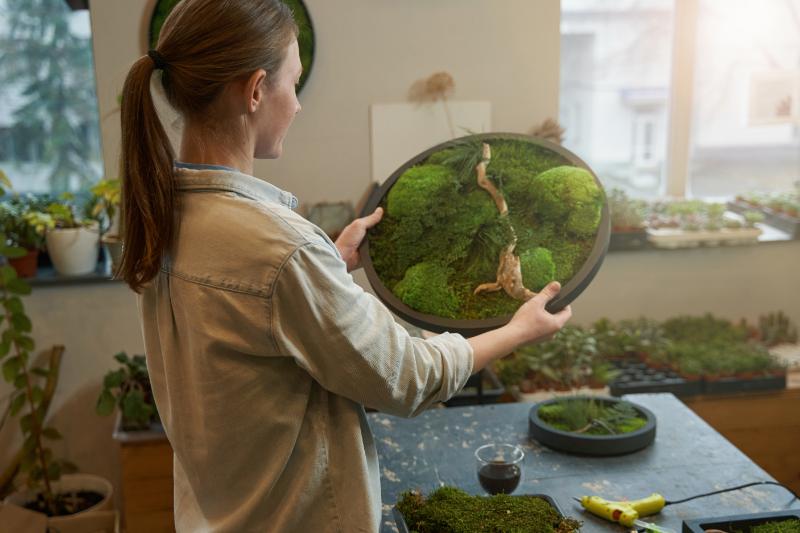
This section will delve into the crucial aspects to consider for setting up your vivarium, from size to temperature and more.
1. Size of Vivarium
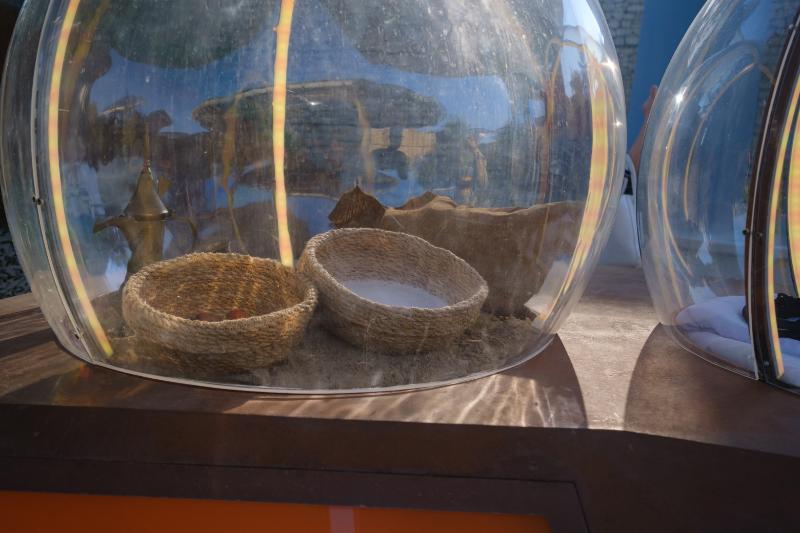
Your leopard gecko vivarium doesn’t necessitate a large space. A 20-gallon tank with a lid suffices due to its petite size. Creating a crowd-free environment is paramount so do consider the space after adding bowls, hides, and other paraphernalia. However, if you opt for a larger enclosure, consider adding extra decorative pieces and hides since an expanse of open room could stress your little reptile buddy.
2. Temperature Regulation
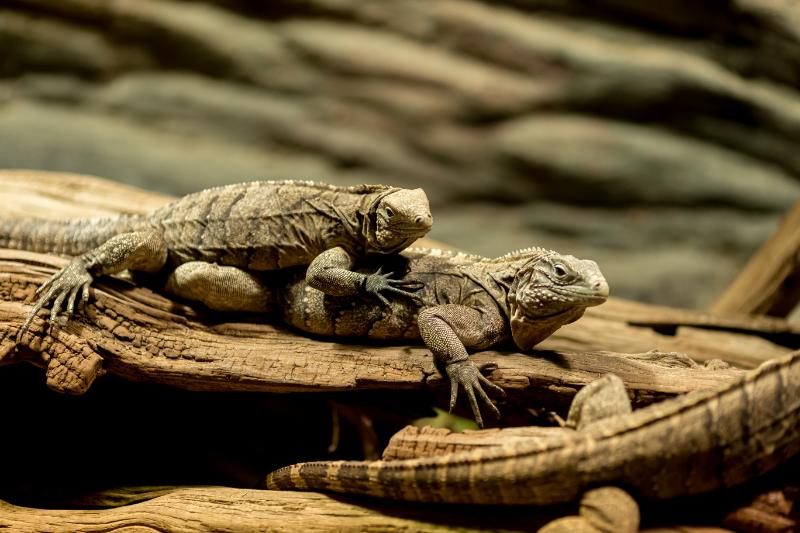
Getting the temperature right is an indispensable element in creating the perfect Leopard Gecko Vivarium. Leopard geckos thrive when their habitat’s hotter regions maintain a comfortable 88 degrees Fahrenheit during daytime. Utilize an under tank heater to achieve this, as these reptiles absorb heat through their bellies.
Investing in a quality thermometer attached near the substrate inside the vivarium is crucial for monitoring temperature. Try to avoid cheaper stick-on thermometers, as they can be misleading. Consider this investment a small price for the health and happiness of your pet.
3. Substrate Selection

Choosing the apt substrate for your leopard gecko vivarium can be a daunting task. The common misconception is these desert species require sand, which isn’t completely true. Adult geckos can handle sand substrate, but the younger ones often wind up consuming it while hunting, which poses a plethora of health concerns.
Consider avoiding:
- Calcium-based sand (it can clump inside your gecko when wet)
- Potting soil
- Wood shavings
- Silica sand
- Bark chips
- Cat litter
- Walnut shells and crushed corn cobs
Safe alternatives for substrates include reptile carpet, paper towels, indoor/outdoor carpet, roll-out liner, or slate tiles.
4. Hiding Spaces
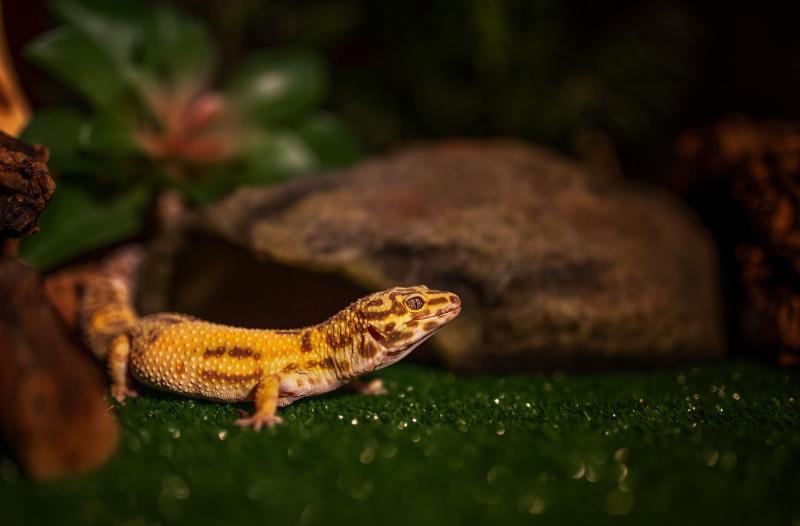
Adding a minimum of three hides is necessary for each Leopard Gecko Vivarium. Include two dry hides, one each on the warm and cold sides of the enclosure. This provides your gecko with the choice to regulate body temperature as needed.
Position the humid hide, which aids in shedding, on the warmer side of the tank to encourage humidity. You can either purchase humid hides or if you’re crafty, a Tupperware container can work wonders. Simply add a hole in the top and fill it with either vermiculite or peat moss.
5. Calcium Supplementary
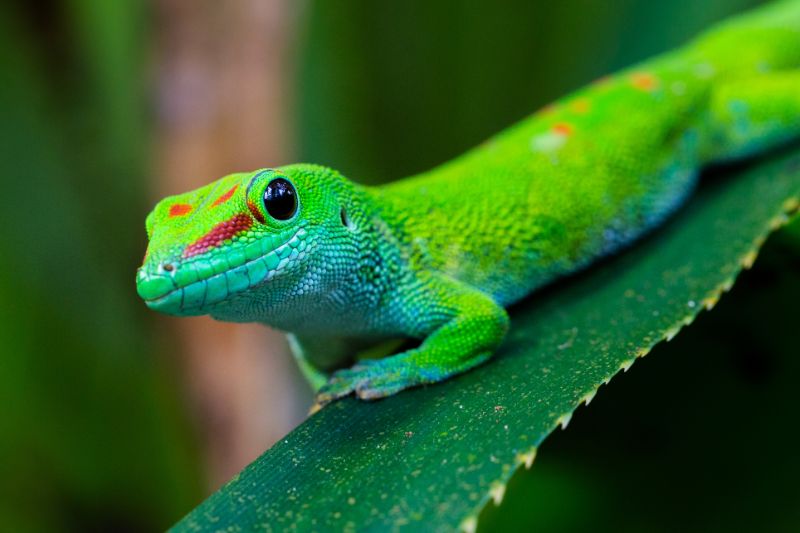
Calcium is a vital part of a gecko’s diet. Position a refillable small cap filled with calcium somewhere easily accessible in your Leopard Gecko Vivarium. Even elements as small as these can have a big impact on the health of your cherished pet.
In conclusion, mastering the perfect Leopard Gecko Vivarium setup can significantly improve your pet’s longevity and happiness. Tailoring the environment to their specific needs and regular maintenance are key aspects to focus on. With the correct knowledge and a dash of dedication, you’re well on your way to becoming an exemplary leopard gecko parent!